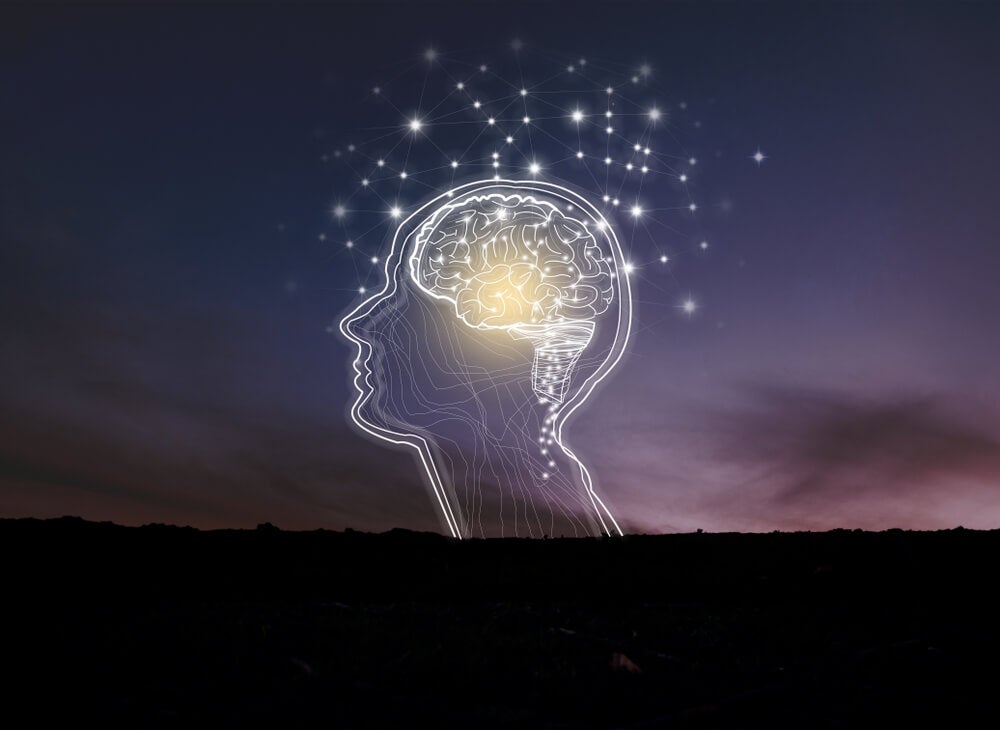Many people think that with age we lose neurons irreversibly and irreversibly, but this catastrophic scenario is not entirely true, in fact, it is possible to produce new neurons.
Neurogenesis (training new neurons) continues to occur in the brain at an advanced age, especially in a region of the brain called the hippocampus, which is involved in memory and learning. Once formed, the new neurons are incorporated into the rest of the neural circuit.
- The generation of new neurons positively influences attention.
- Memory.
- Learning capacity.
- Motivation.
- Emotions and the conditioning of fear.
Several scientific studies indicate that certain habits increase neural production and rejuvenate the brain, in this article we explain different ways to produce neurons, put them into practice!
Music improves mental speed and the ability to learn by playing a musical instrument.
You don’t have to have a present. It is enough to combine auditory, tactile and sensory activity, logic, analysis and movement following the rhythm of the music to awaken the synchronized work of the different regions of the brain.
Learning to play a musical instrument is like making a gym for the brain, in the medium term it improves the ability to solve problems by combining the practical side with the creative side, allowing to store memories and learn more effectively.
It can even increase IQ in preschool age. A study of preschoolers who learned to play the piano showed that their IQ increased more significantly than among those who had not taken instrument lessons.
Include more music in your life at any age to produce neurons!
Aerobic exercise is what we do when we walk at a good pace, jogging, dancing, swimming, cycling, etc. This type of exercise favors the generation of new neurons.
This activity also improves blood circulation, which is particularly important in the brain, and can even create new blood vessels and strengthen existing ones.
As a result of optimal vascularity, it is also possible to optimize the transport of nutrients and oxygen to brain cells, promoting neurogenesis.
In this sense, a recent study of people who have performed aerobic exercises showed that from 3 months on, this improved oxygenation in certain regions of the brain that age earlier with age.
In addition, people responded better to memory tests and had more neurons in these regions, indicating that the brain is still younger.
Some studies of animals exercising while running on a treadmill have shown that moving the legs increases neurogenesis in the memory and learning areas, while this effect is not seen in sedentary animals that do not exercise.
The more we move our legs, the more neurons we generate, the greater the distance traveled, the greater the neurogenesis in the areas of learning and memory.
It makes sense when you consider that when we walk, the brain stimulates the exploration of new environments that we are trying to learn and remember to guide.
Walking helps produce neurons
Recent research has shown that exploring new spaces and discovering new objects reduces the risk of Alzheimer’s disease and improves memory.
A great way to produce neurons is to cross unknown places. Get out of the routine and surprise your brain with new things to discover!
On the other hand, reducing leg mobility also leads to a reduction in the formation of new neurons, for example, astronauts who spend months in weightlessness and people with reduced leg mobility have been shown to reduce neurogenesis by up to 70%.
The practice of meditation (yoga, tai chi, mindfulness, etc. ) involves learning the natural course of thoughts and behaviors without necessarily adding an emotional component.
Body and mind exercises promote memory functions to perform tasks and make decisions, and stimulate neuronal activity in different regions of the brain.
For example, the daily practice of zen meditation, mindfulness or yoga for a few months alters neural circuits and promotes an increase in gray matter in the brain areas of memory and emotional management.
This activity also helps promote deeper breathing, which is extremely beneficial for the brain, as this organ has a great need for oxygen.
Omega-3 fatty acids are essential for the brain, omega-3s accumulate preferably in regions of the brain related to memory and learning.
However, the brain does not produce omega-3 because it lacks the metabolic elements necessary for its manufacture, so it is essential to obtain it through food.
Numerous scientific studies have shown that ingesting the right amounts of omega-3 not only reduces neuronal death, but also increases neuron formation.
Something similar happens with humor. When omega 3 levels are low, there is a greater susceptibility to depression and compromised mood, and even an increased risk of suicide.
On the other hand, high-fiber foods, lactic acid bacteria and diets with an adequate proportion of vegetables and fruits help maintain the health of the intestine and the microorganisms that inhabit it, which constitute our “second and third brains”.
Data indicate that a gut with the right microorganisms generates an increase in the molecules needed to promote neurogenesis in the brain.
A study published in 2018 measured the brain volume of creative writers and showed that these people dedicated to the literary genre had a greater amount of gray matter (the equivalent of saying they had more neurons) in certain areas of the brain that manage generation, organization and examination. ideas.
In addition, the creative writer performs tasks associated with long-term memory.
If you don’t like to write, other activities, such as fine arts and performing arts, can get your attention; in fact, all practices that promote creativity can produce neurons.
Creativity is one of the activities that uses the most energy in the brain and the one that stimulates it the most, being creative is part of our intimate human nature.

